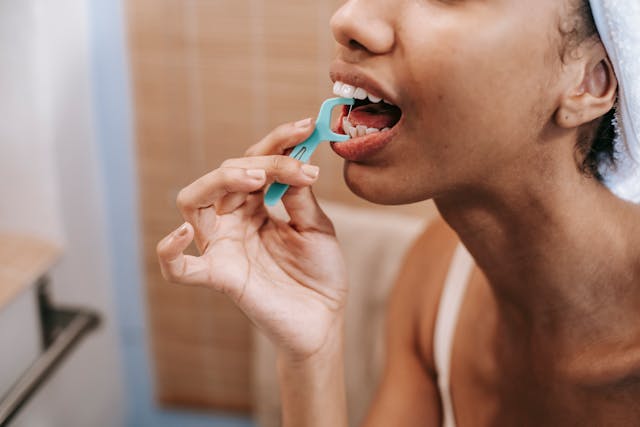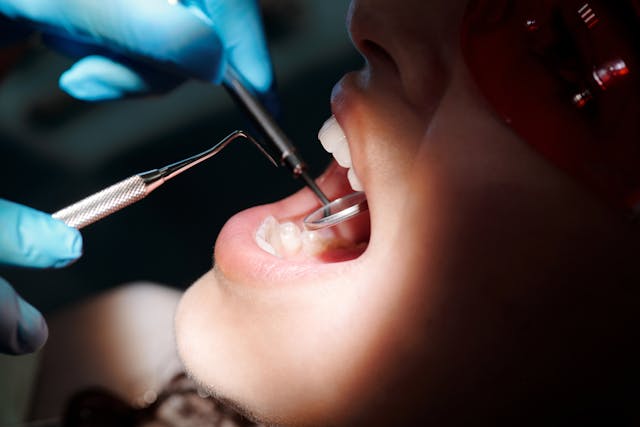Celebrate Earth Day with a Greener Smile: 6 Eco-Friendly Dental Tips for Kids
April 18th, 2025
April is a month of celebration for nature, with Earth Day reminding us to care for our planet. At Huntington Smiles Pediatric Dentistry, we believe that protecting our environment can start at home—even in the dental routine. In this blog, we’re sharing six eco-friendly dental tips that help your child maintain a healthy smile while being kind to the Earth.
1. Eco-Friendly Products for Daily Use
Begin by switching to eco-friendly dental products. Bamboo toothbrushes, for example, offer a biodegradable alternative to traditional plastic brushes. There are also natural toothpastes available that use environmentally responsible ingredients and packaging. Choosing these alternatives helps reduce waste and promotes a sustainable lifestyle from a young age.
2. Sustainable Floss and Mouth Rinses
Eco-friendly floss options, including those packaged in recyclable materials, are a simple way to make your child’s dental routine greener. Additionally, natural mouth rinses free from harsh chemicals can contribute to a healthier mouth and a cleaner environment. Educate your child on the importance of choosing products that are good for both their smile and the planet.
3. DIY and Recycled Solutions
Get creative by incorporating DIY projects into your routine. For instance, you can repurpose old toothbrushes or create a custom toothbrush holder from recycled materials. Not only do these projects engage your child’s creative side, but they also instill an early appreciation for recycling and sustainability.
4. Healthy Diet and Its Environmental Impact
A sustainable lifestyle extends to dietary choices as well. Encourage a diet low in processed sugars and high in whole foods like fruits and vegetables. By choosing organic or locally sourced products when possible, you contribute to environmental sustainability while promoting strong, healthy teeth.
5. Involving the Whole Family
Make sustainability a family affair. Have discussions about the importance of recycling and how small changes in daily routines can make a significant environmental impact. This not only builds environmental awareness but also reinforces the idea that every healthy habit counts—whether it’s brushing teeth or reducing waste.
6. Tips for Earth Day at Home
Celebrate Earth Day by dedicating a day to green practices. Organize a family activity that focuses on sustainability, such as a community cleanup or a DIY project using recycled materials. Use the day as an opportunity to reinforce eco-friendly dental habits, making both the planet and your child’s smile brighter.
Conclusion
Embracing eco-friendly dental habits is a wonderful way to celebrate Earth Day while promoting overall health. By integrating sustainable practices into your child’s routine, you’re not only protecting their smile but also nurturing a respect for the environment. Every eco-friendly choice is a step toward a healthier planet and a happier future.






